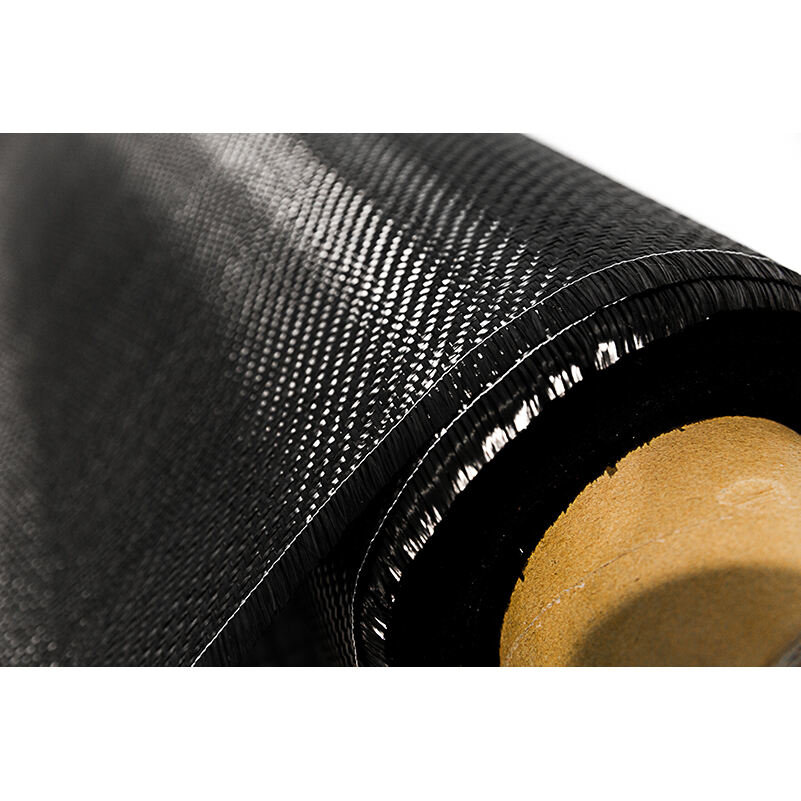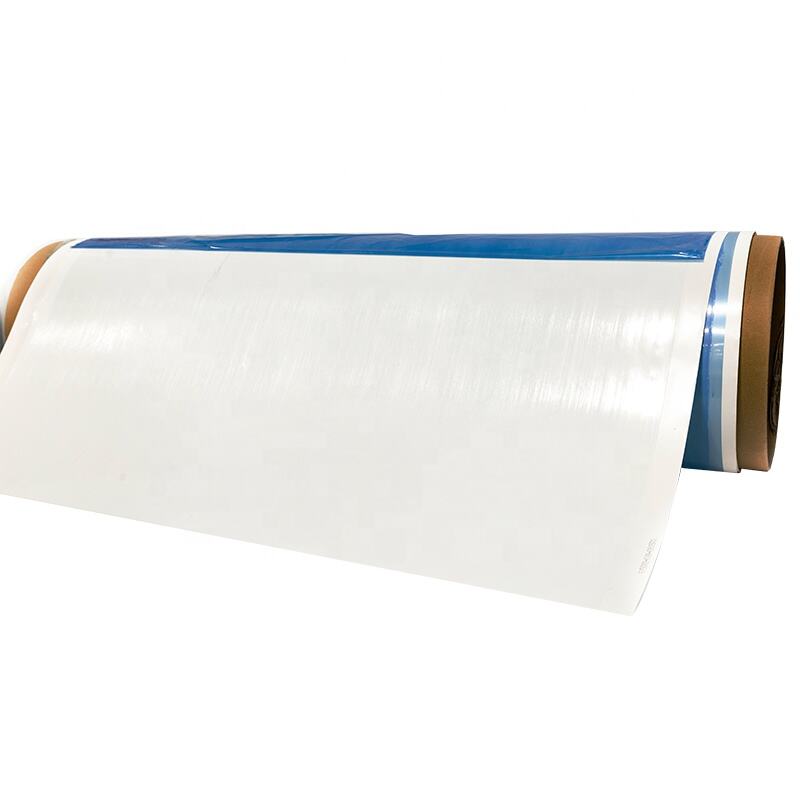high modulus carbon fiber
High modulus carbon fiber represents a breakthrough in advanced materials technology, characterized by its exceptional stiffness-to-weight ratio and superior mechanical properties. This innovative material consists of carbon atoms arranged in a crystalline structure aligned parallel to the fiber axis, resulting in remarkable tensile strength and elastic modulus. The manufacturing process involves careful control of precursor materials and heat treatment conditions, typically utilizing polyacrylonitrile (PAN) or pitch-based precursors. With elastic modulus values ranging from 350-700 GPa, high modulus carbon fiber delivers unprecedented performance in applications demanding minimal deformation under load. The material exhibits extraordinary dimensional stability, thermal resistance, and fatigue properties, making it invaluable in aerospace, sporting goods, and industrial applications. Its low thermal expansion coefficient ensures consistent performance across varying temperature conditions, while its chemical inertness provides excellent resistance to environmental factors. The fiber's diameter, typically ranging from 5 to 10 micrometers, allows for versatile integration into various composite structures, enabling engineers to design lightweight yet robust solutions for demanding applications.


